Vegan Globetrotter is supported by our audience. When you purchase through one of our links, we may earn a small affiliate commission. As an Amazon Associate I earn from qualifying purchases. Your cost is not affected.
==================
In this comprehensive blog about Induction Cooking for Energy Independent Homes, we’ll explore how induction cooking can revolutionize your culinary experience while supporting energy independence. Imagine a kitchen where every meal you prepare is delicious and contributes to a greener planet. This is the promise of induction cooking for energy-independent homes. Innovative technologies like induction cooktops are leading the charge as we move towards a future where sustainability is paramount. Discover why induction cooking is becoming the heart of eco-friendly living, from its superior efficiency and safety features to the seamless integration with renewable energy sources. Ready to transform your kitchen into a hub of sustainability? Let’s dive in.
Induction Cooking for Energy Independent Homes – Embracing Modern Efficiency
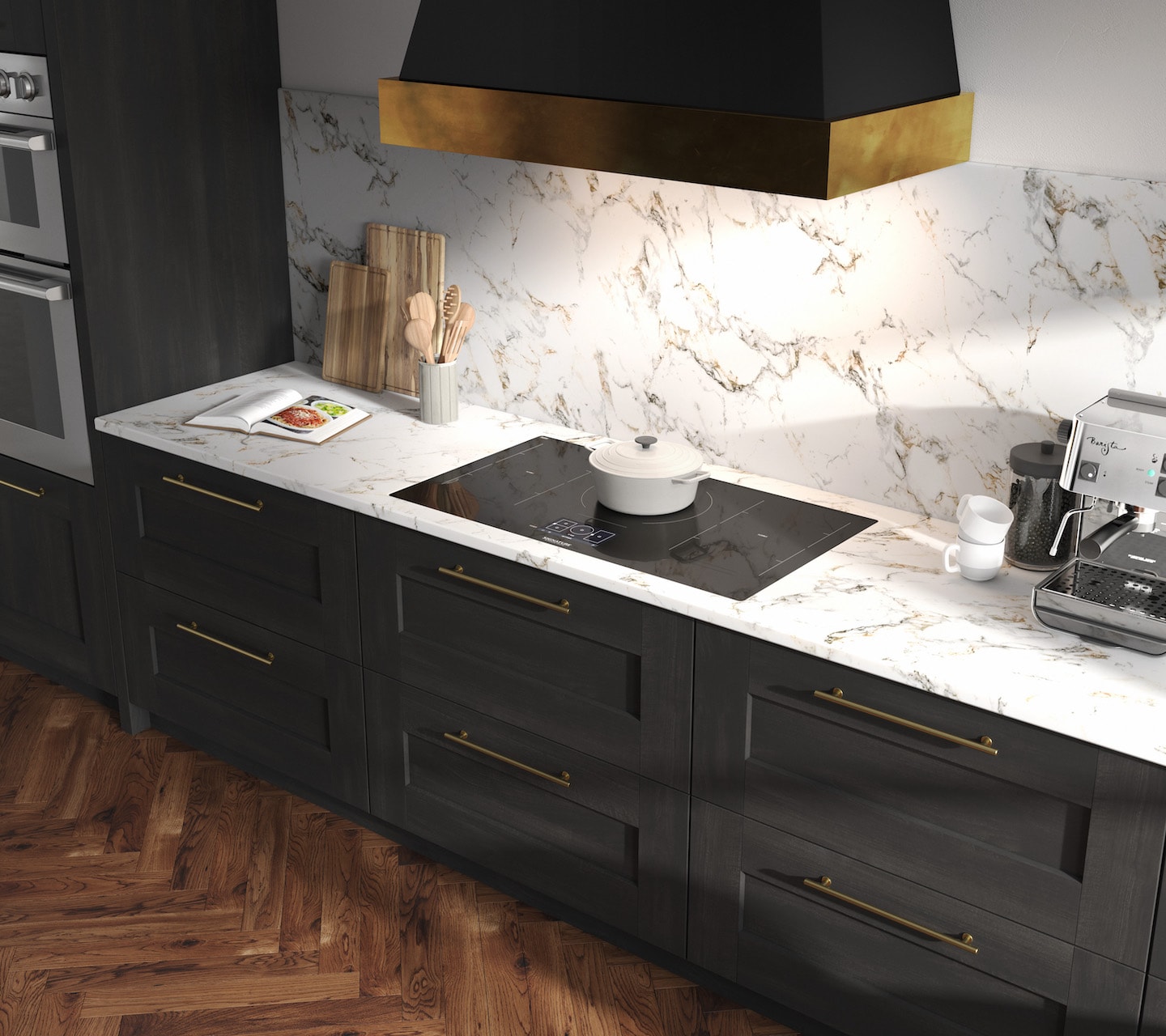
In the quest for energy efficiency and greener living, induction cooking is a promising technology for home kitchens. Unlike traditional electric or gas stoves, induction cooktops offer a unique combination of speed, precision, and energy savings.
These cooktops use electromagnetic fields to heat pots and pans directly, resulting in less wasted heat and faster cooking times. As a part of the movement towards energy-independent homes, understanding the workings and benefits of Induction Cooking for Energy Independent Homes is essential.
Induction cooktops are not just about energy efficiency; they can also influence design and aesthetics in modern kitchens. Sleek and easy to clean, these cooktops blend seamlessly into contemporary spaces. Advances in induction technology continue to refine and improve the user experience, indicating a growing trend in their market adoption.
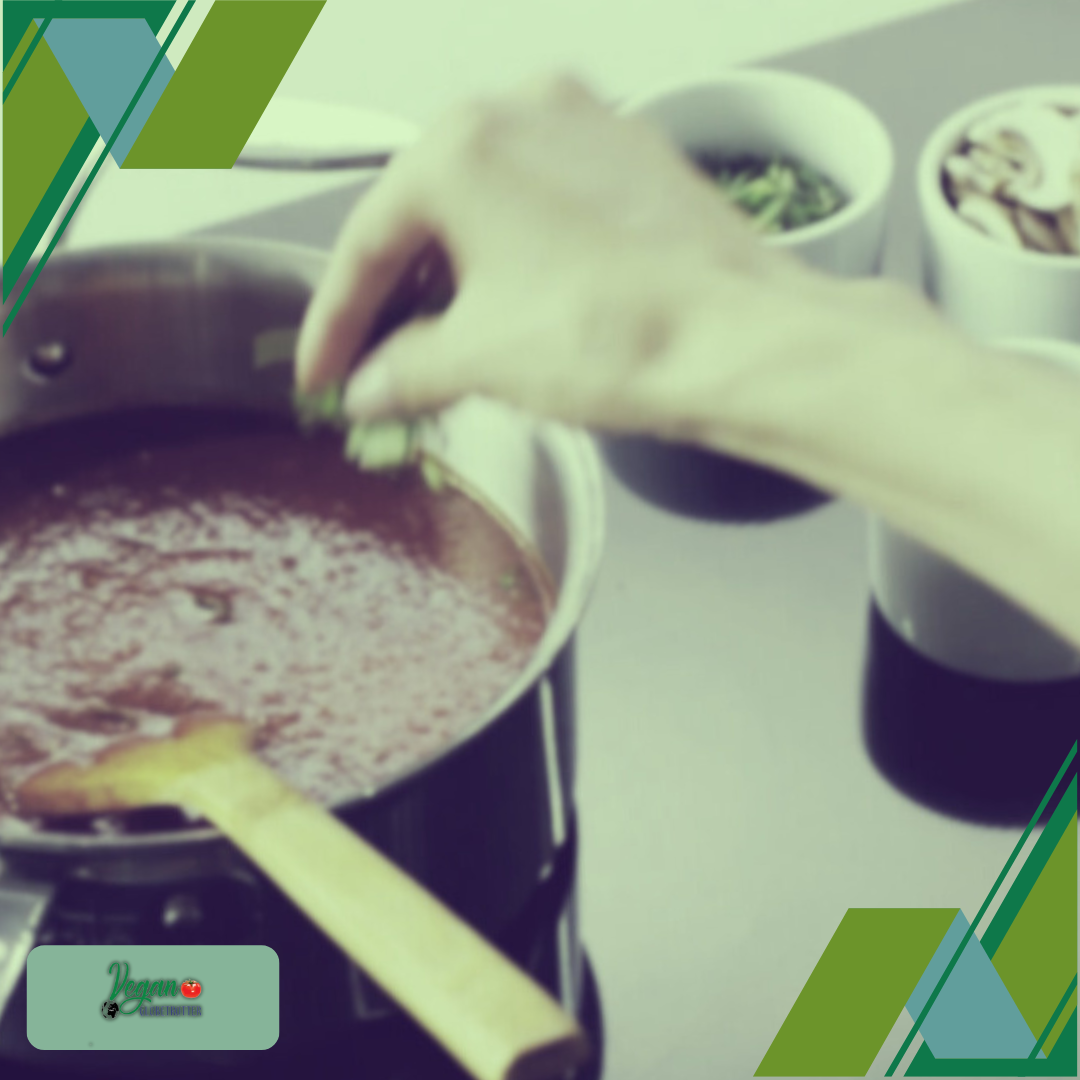
Key Takeaways
- Induction cooktops differ from traditional stoves like gas or electric by directly transferring energy to the cookware. From speed to cleanliness, understanding the components of your induction cooktop for energy-independent homes enhances appreciation of its efficiency and underlying technology.
- Induction cooking is distinguished by its outstanding energy efficiency, precise temperature control, enhanced safety features, and positive environmental impact.
- Ensuring proper installation is essential for performance and safety. Regular maintenance and troubleshooting knowledge are key to maintaining the smooth operation of your induction cooktop.
- Induction cooking for energy-independent homes enhances kitchen aesthetics with a sleek, streamlined appearance. It also facilitates seamless integration with advanced smart home systems. When considering induction cooking for energy-independent homes, it’s essential to assess upfront costs and potential long-term savings.
- Recent years have witnessed significant technological advancements for induction cooking in energy-independent homes, enhancing energy efficiency and providing a more refined cooking experience.
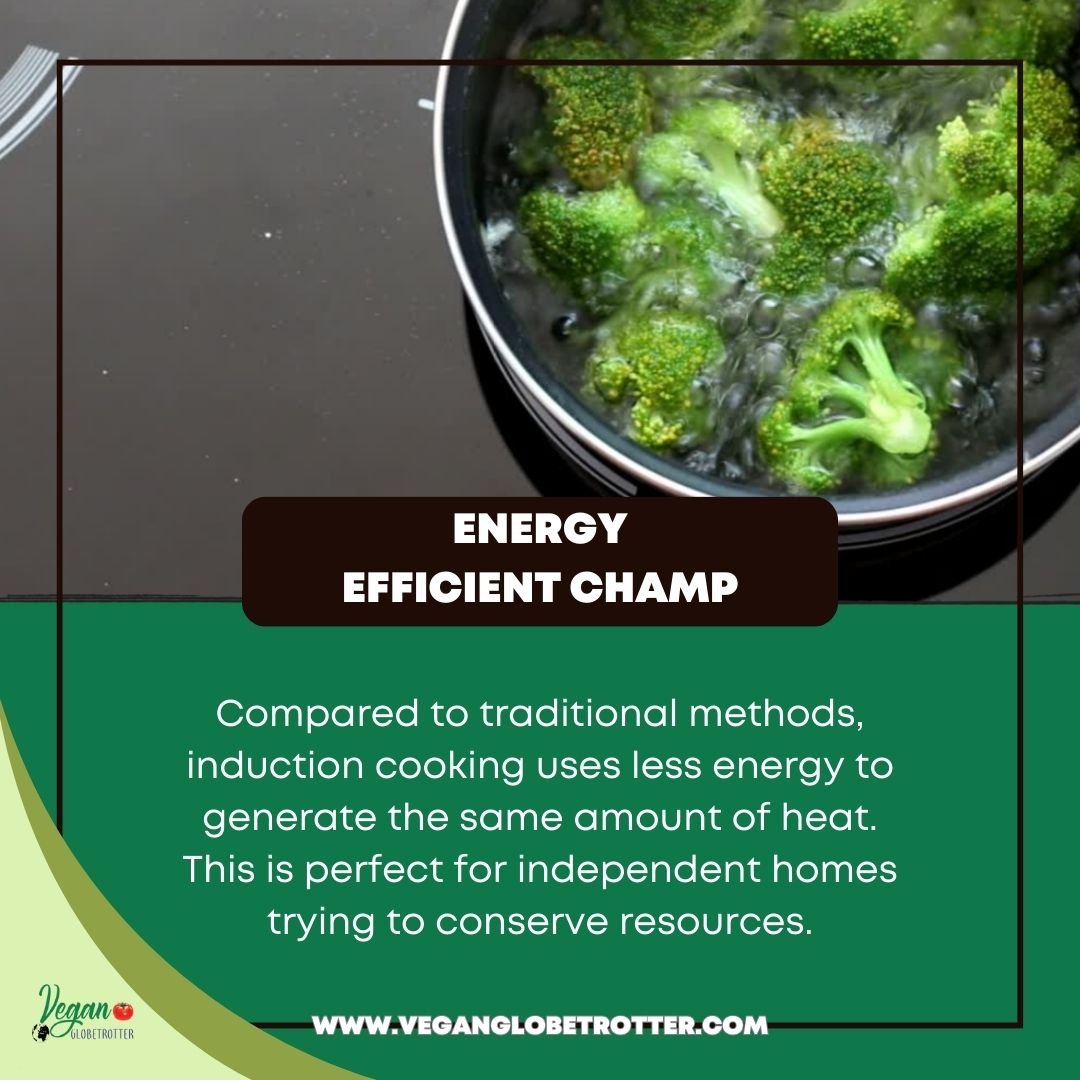
Induction Cooking for Energy Independent Homes: Fundamentals of Induction Cooking
Induction cooking represents a significant technological shift, offering speed, precision, and energy efficiency. It’s a method that requires understanding its basic mechanisms and comparing it with traditional cooking methods to appreciate its benefits truly.
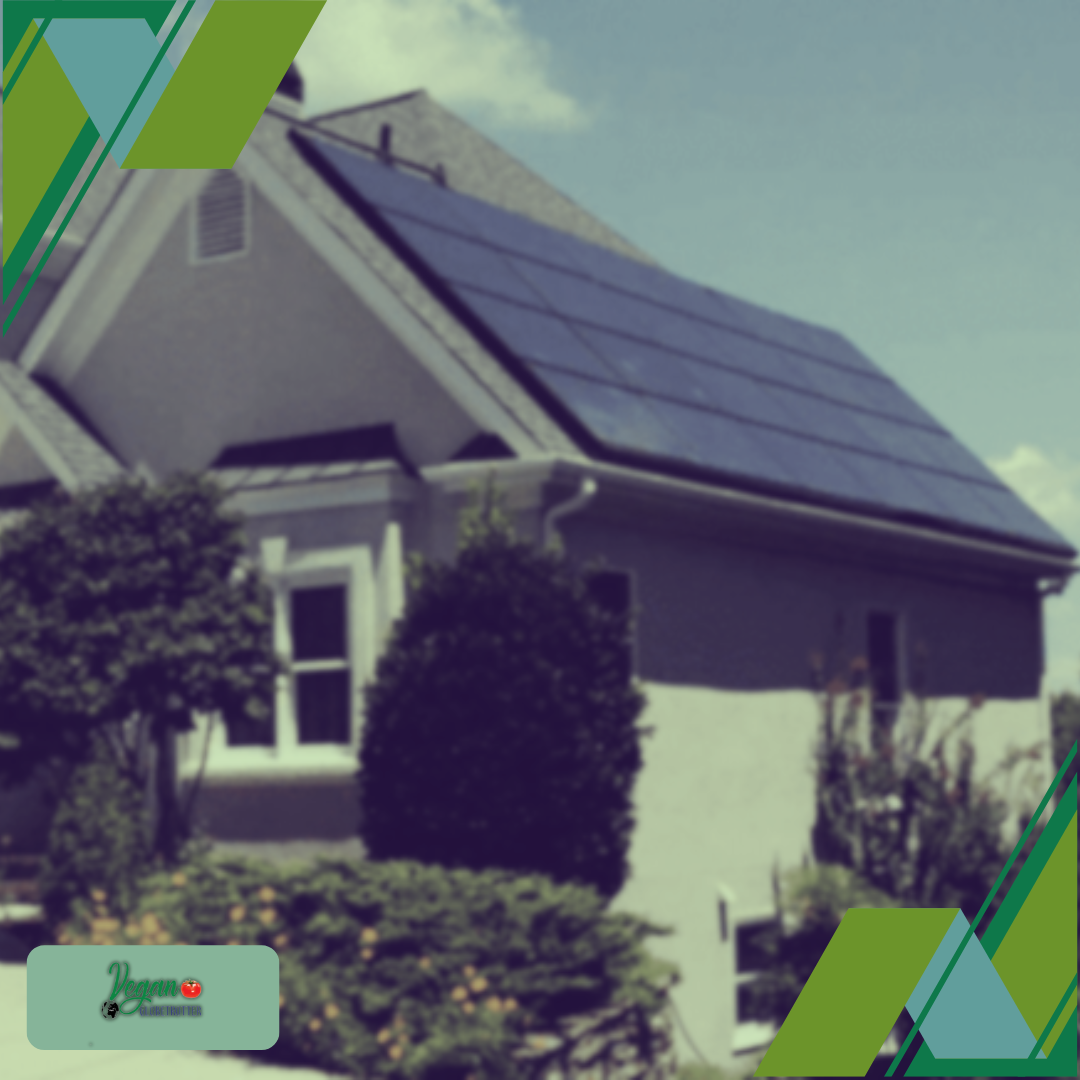
Principles of Induction Heating
Induction cooking uses electromagnetic fields to heat the cookware directly, rather than the cooking surface or the air around the pan. Your cookware must be magnetic for the process to work; if a magnet sticks, your cookware is induction-ready. When you turn on the induction cooktop, an electric current passes through a coil beneath the cooktop’s surface, creating a magnetic field.
Comparison to Conventional Cooking Methods
Unlike traditional cooking stoves, such as gas or electric, induction cooktops transfer energy directly to the cookware. Here’s how they compare:
- Speed: Induction cooking heats cookware faster. You can boil water significantly quicker compared to traditional methods.
- Control: Induction allows for precise and instant changes in heat output.
- Efficiency: Induction cooktops are more energy-efficient, as they waste less heat. Energy is concentrated where it’s needed – in the cookware itself.
- Safety: The cooktop stays cooler to the touch since heat is generated in the cookware, reducing the risk of burns.
- Cleanliness: Induction cooktop surfaces are flat and easy to clean owing to the absence of burnt-on food, which often happens with direct heat sources.
Did You Know?
Induction cooktops generate electromagnetic fields (EMFs), but these emissions are extremely low and generally considered safe, posing no significant health risks.
Components of an Induction Cooktop

Understanding the components of your Induction Cooking for Energy Independent Homes induction cooktop will help you appreciate its efficiency and the technology behind it.
Induction Coils
Your induction cooktop features an induction coil made of copper. This coil is located beneath the cooktop’s surface. When electricity passes through it, a magnetic field is created. This is the fundamental element that allows for the generation of heat directly in your induction-compatible cookware.
Electronic Control Units
The electronic control units are the brains of the cooktop. They allow you to adjust temperature and power settings accurately.
These controls regulate the current passing through the induction coils to ensure precise cooking temperatures and are key to the responsive and adjustable nature of induction cooking.
Cookware Requirements
Induction cooktops require pots and pans that are magnetically conductive. Most commonly, your cookware must be made of ferrous materials, such as cast iron or some stainless steel.
The bottom of your cookware should also be flat for optimal contact with the cooktop, as this is where the magnetic field interacts to generate heat.
Induction Cooking for Energy Independent Homes: Benefits of Induction Cooking
Induction cooking stands out for its exceptional energy utilization, precise temperature control, increased safety features, and positive environmental influence.
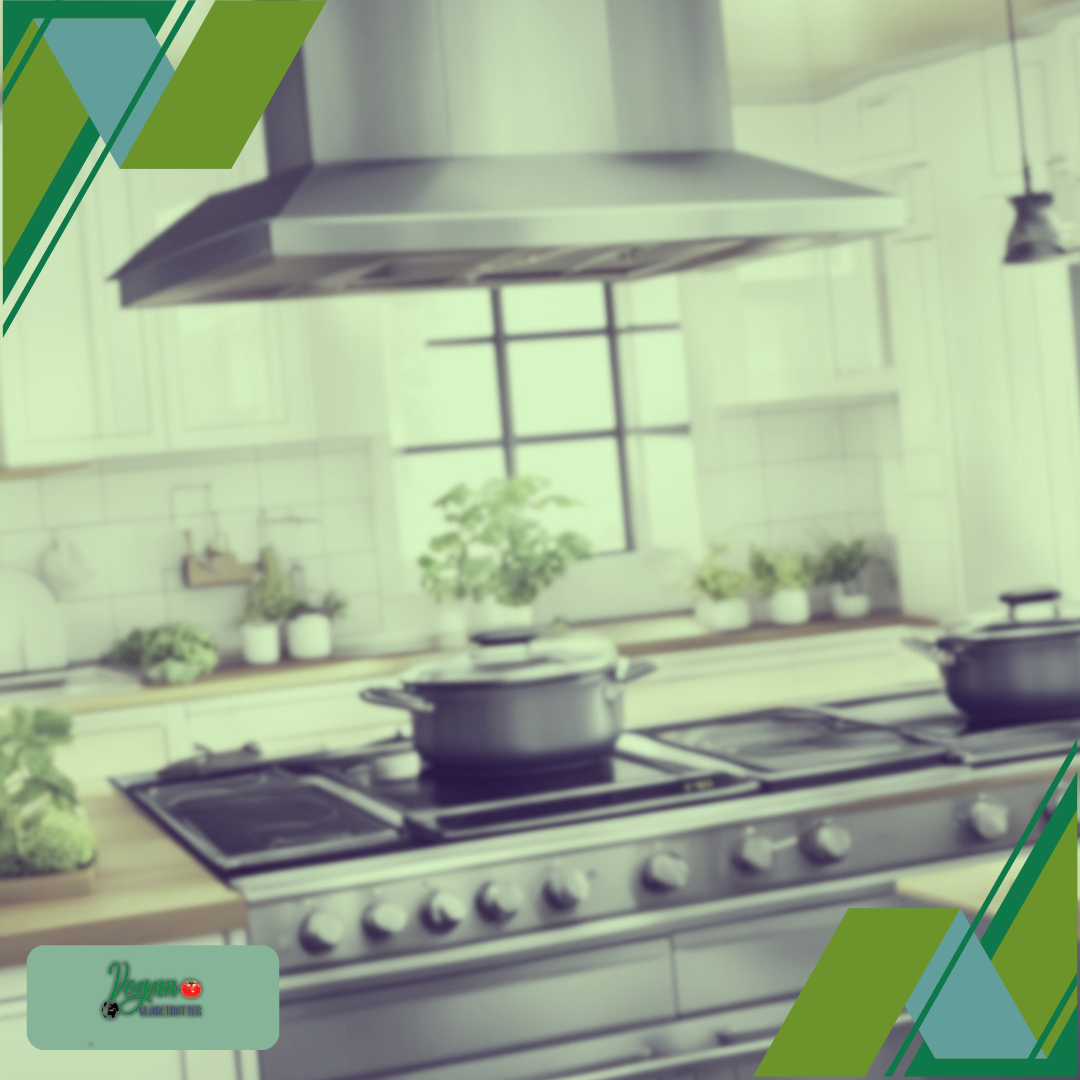
Energy Efficiency
Induction cooktops boast an impressive efficiency rate of approximately 85%, significantly higher than the 36% efficiency of gas stoves. This means you use less energy to heat your food, which can lead to cost savings on your energy bills.
Precision and Control
With induction cooking, the response time is nearly instantaneous, giving you remarkable control over cooking temperatures. The heat is evenly distributed and can be finely adjusted, allowing you to achieve the precise temperature you need. Wilson Homes further explains how the technology uses electromagnetic fields for direct heat.
Safety and Convenience
Induction cooktops don’t rely on open flames and only heat the cookware, making them safer and reducing the risk of burns. They are also easy to clean, with a smooth surface that cools quickly, minimizing the risk of spills baking onto the cooktop.
Environmental Impact
Switching to induction cooking can help reduce greenhouse gas emissions. It’s a step towards mitigating climate impacts.
Induction Cooking for Energy Independent Homes: Installation and Maintenance
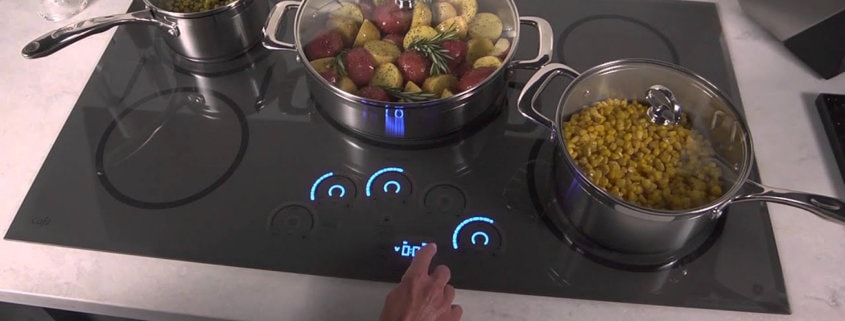
Transitioning to Induction Cooking for Energy Independent Homes modernizes your kitchen and enhances energy efficiency in your home. Proper installation is crucial to ensure performance and safety, while regular maintenance and knowing how to troubleshoot common issues will keep your induction cooktop running smoothly.
Installation Process
To begin the installation of an induction cooktop, you’ll need to ensure that your kitchen is equipped with a 240 Volt, 40 or 50 Amp circuit.
Given its power needs, this is typically required for the cooktop to function correctly and safely. Occasionally, a 120 Volt version that wouldn’t require a new circuit might be available.
If replacing a gas or propane stove, you’ll need a licensed contractor to cut and cap the fuel line safely.
Here’s a Simplified Checklist for the Installation Process:
- Check Existing Circuit: Ensure you have a 240 Volt circuit. If not, you’ll need an electrician to install one.
- Ready the Space: Prepare the designated area, making sure it’s clean and the cooktop will fit.
- Install Cooktop: Carefully position the cooktop and plug it into the electrical outlet. Ensure it’s level and secure.
- Test Functionality: Once installed, test the cooktop with suitable induction cookware to confirm it’s working properly.
Ongoing Maintenance
Regular maintenance of an induction cooktop is straightforward. When cool, the surface can be wiped clean with a soft cloth using mild detergent.
Avoid using abrasive cleaners that can scratch the surface. Since induction cooktops don’t get as hot as traditional stoves, you’ll find that food is less likely to burn onto the surface, making cleaning easier.
For Maintenance, Remember to:
- Wipe spills after each use to prevent residue build-up.
- Use the right cleaners designed for induction cooktops to protect the surface.
- Check for obstructions on the fans underneath the cooktop, which are essential for cooling.
Troubleshooting Common Issues
Even with the best care, you may encounter issues with your induction cooktop. If the cooktop is not turning on, verify that it’s properly plugged in and the circuit breaker hasn’t tripped.
A circuit tester can help determine whether electricity flows to the outlet if it’s a power issue. For most other issues, like error codes or intermittent heating, referring to the manufacturer’s manual is your best bet for specific troubleshooting guidance.
Induction Cooking: Design and Aesthetics
Induction cooking for energy-independent homes provides a sleek, streamlined kitchen appearance while enabling seamless integration with advanced smart home systems.
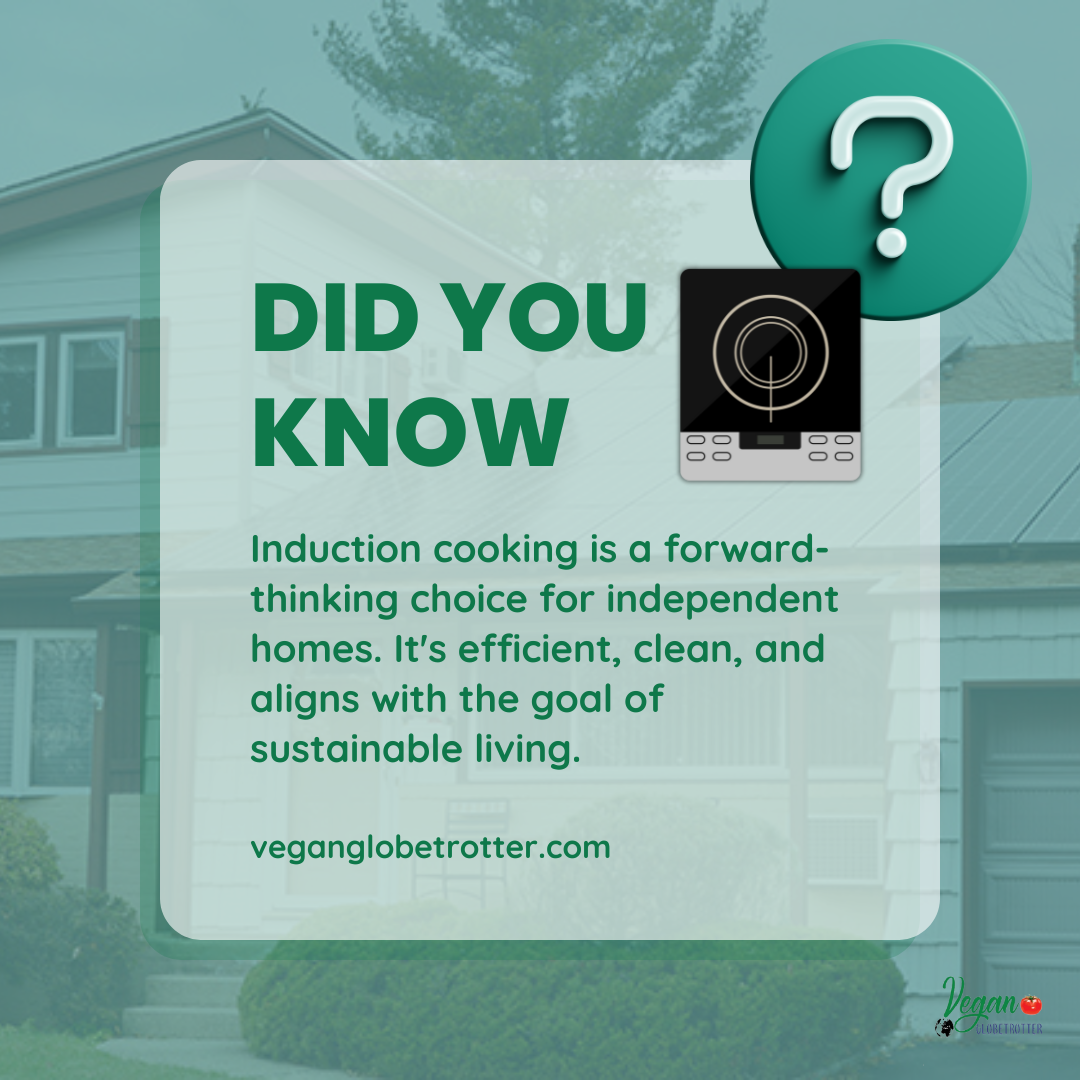
Modern Kitchen Design
Your kitchen gains a contemporary edge with induction cooktops. Their flat, glass-ceramic surface is aesthetically pleasing and offers a minimalistic design element that can be the focal point of a modern kitchen.
Their smooth finish contrasts boldly with rustic kitchen elements and effortlessly complements a high-gloss, modern style.
Integration with Smart Home Systems
Integration with smart home systems elevates the functionality of your induction cooktop. Features such as remote monitoring and control become possible when your cooktop is connected to your Wi-Fi network. You can sync your cooking surface with voice assistants and other smart kitchen devices. This enhances the convenience and safety of your culinary experience.
Induction Cooking for Energy Independent Homes: Cost Analysis
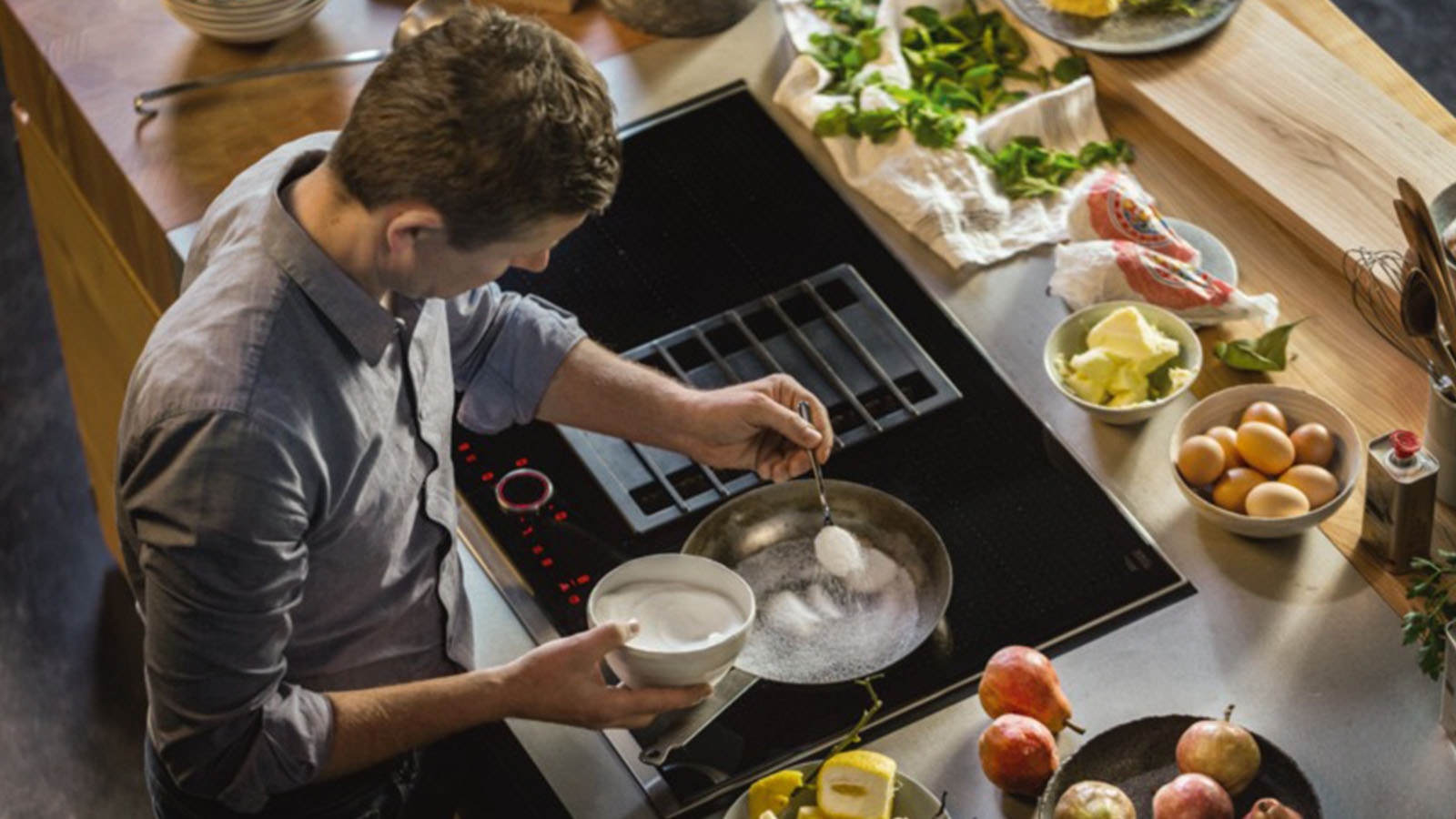
When considering induction cooking Energy Independent Homes, it’s vital to evaluate the upfront costs and the potential for long-term savings.
This analysis will empower you to make an informed decision about incorporating induction technology into your home.
Initial Investment
The initial cost of purchasing an induction cooktop includes the price of the unit and installation fees. Induction cooktops are priced higher than traditional electric or gas stoves.
Additional expenses may include new cookware compatible with induction technology, as not all pots and pans work on an induction surface.
Long-Term Savings
Despite the higher initial investment, induction cooktops offer long-term energy savings due to their efficiency. Induction cooking uses electromagnetic energy to heat pots and pans directly, which means less wasted energy and lower utility bills.
Advances and Innovations in Induction Technology
In recent years, significant advancements in Induction Cooking for Energy Independent Homes technology have been seen, improving energy efficiency and offering you a more sophisticated cooking experience.
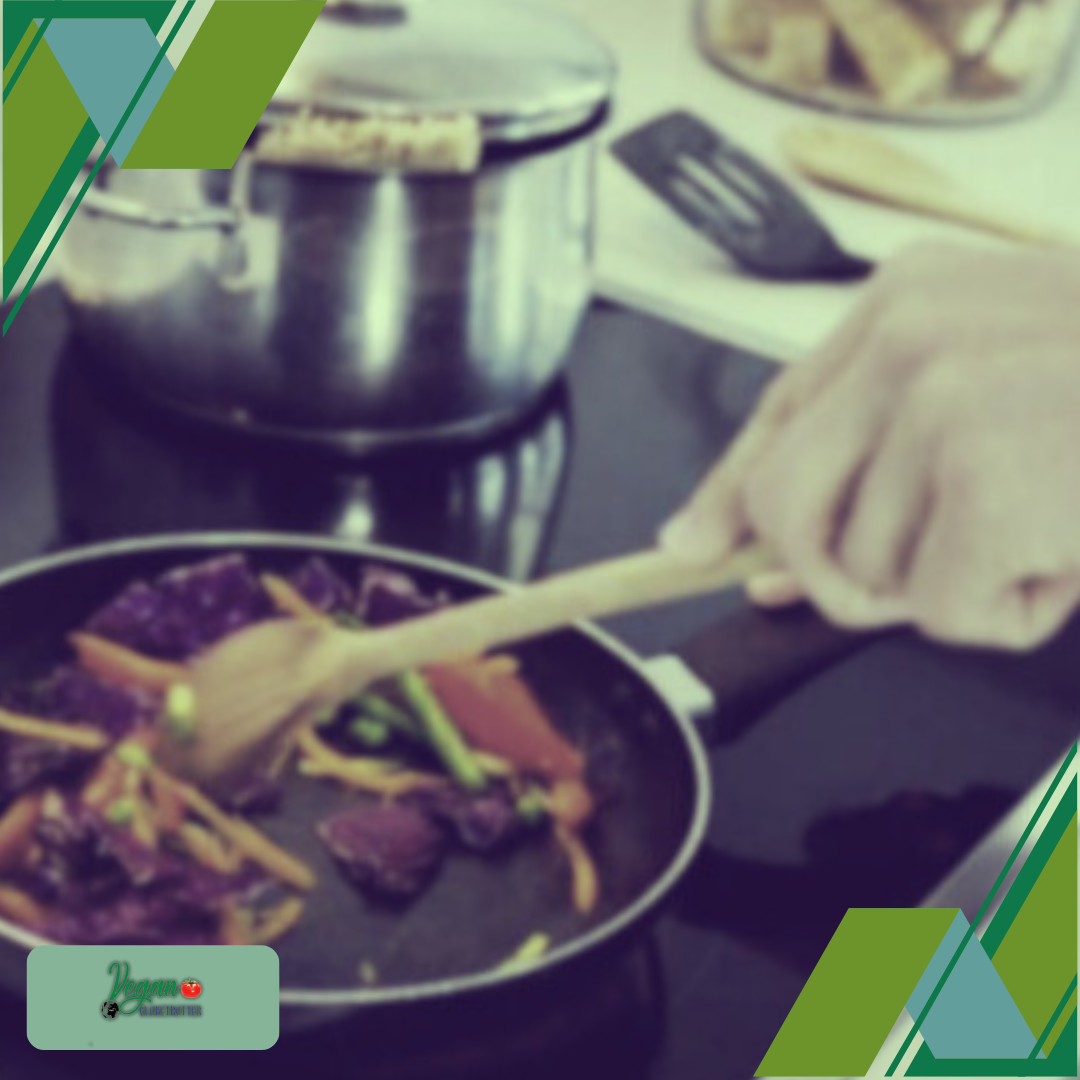
Design Integration
The integration of induction coils beneath countertop surfaces is a major leap forward. For instance, designs by companies like Gamadecor allow for a sleek, uninterrupted countertop. Your kitchen’s aesthetic no longer needs to be compromised for functionality.
Safety and Precision
Notable developments include enhanced safety features like automatic pan recognition and overheat detection. This ensures that heat is generated only when a pan is on the hob, making your kitchen safer.
Energy Efficiency
Studies have highlighted that induction cooktops can save you energy—approximately 5% to 20% over traditional electric cooktops and more than 65% over gas stoves. This is a significant stride towards energy-independent homes.
Cookware Recognition
Advanced Induction Cooking for Energy Independent Homes can now detect the size and shape of your cookware, adapting the heating zone to match it precisely. This prevents energy wastage and ensures even cooking.
Smart Connectivity
Connectivity features have been introduced, allowing you to control your induction hob via smartphone or voice control. You can monitor and adjust cooking times and temperatures remotely for a convenient and efficient cooking process.
Solar Integration
Transitioning towards energy independence, some systems are designed to be powered by solar energy, as exemplified by certain household induction systems. Although solar reliance presents limitations, like reduced functionality at night, innovative solutions often include battery storage capabilities. These ensure you can cook with solar energy at any time.
Here’s an additional video about induction cooktops.
By: Boulevard Home
Embracing Induction Cooking: A Sustainable Future for Energy Independent Homes
In this comprehensive exploration of Induction Cooking for Energy Independent Homes, we’ve delved into how this technology can transform your kitchen into a hub of sustainability and efficiency. Induction cooking offers a superior culinary experience and aligns with our collective efforts toward energy independence and environmental stewardship.
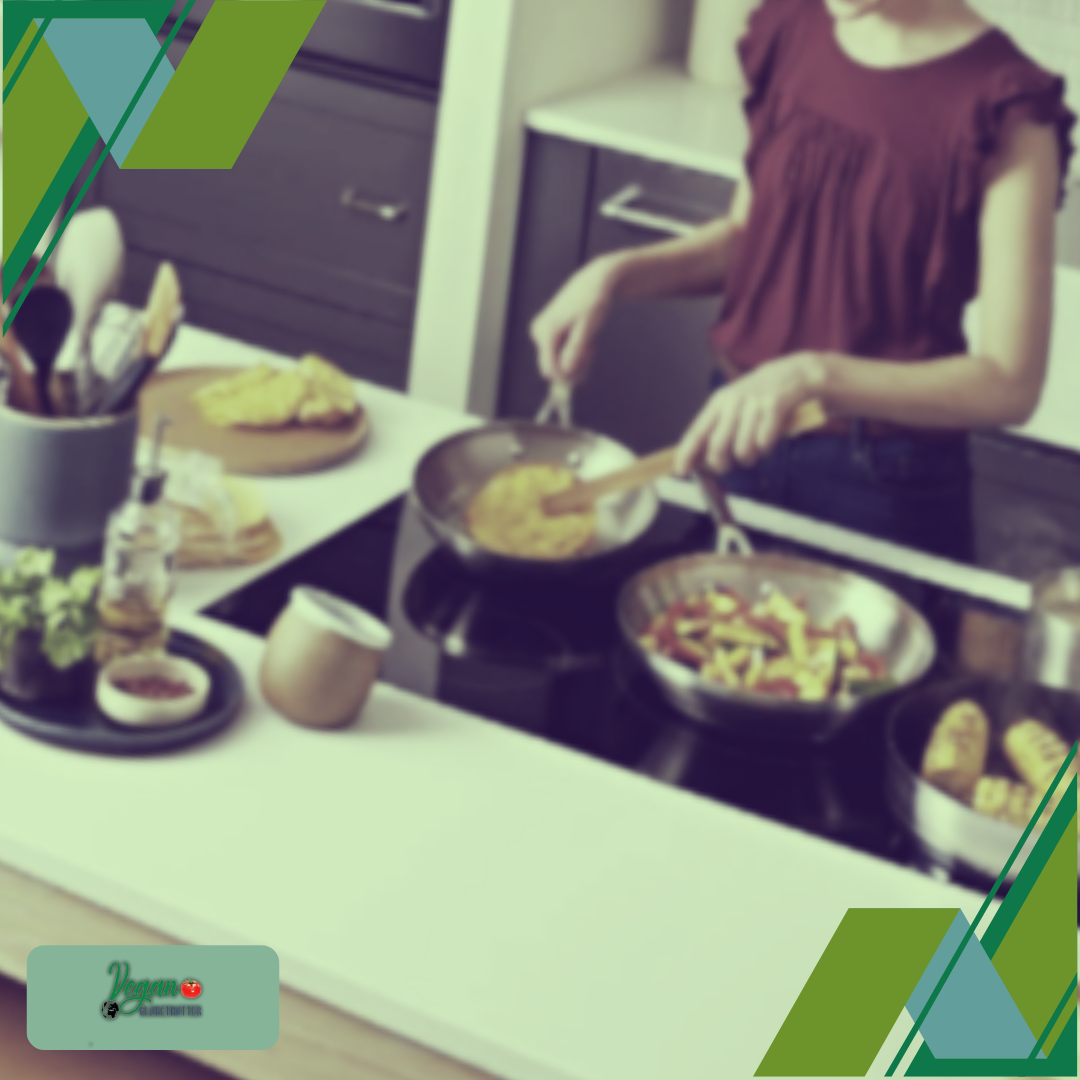
Induction cooktops minimize energy waste and enhance cooking precision by harnessing electromagnetic fields to heat cookware directly. Their sleek design and ease of maintenance complement modern kitchen aesthetics, while their safety features redefine cooking comfort.
Moreover, as we navigate towards a future where sustainable living is paramount, induction technology integrates seamlessly with renewable energy sources, paving the way for truly energy-independent homes. Whether considering upgrading your kitchen or embracing greener living practices, induction cooking is a beacon of innovation and practicality.
Embrace the future of cooking with induction technology – where every meal prepared contributes to a greener planet and a more sustainable future for future generations. Induction Cooking for Energy Independent Homes is not just about efficiency; it’s about reshaping how we cook and live, one kitchen at a time.
Frequently Asked Questions
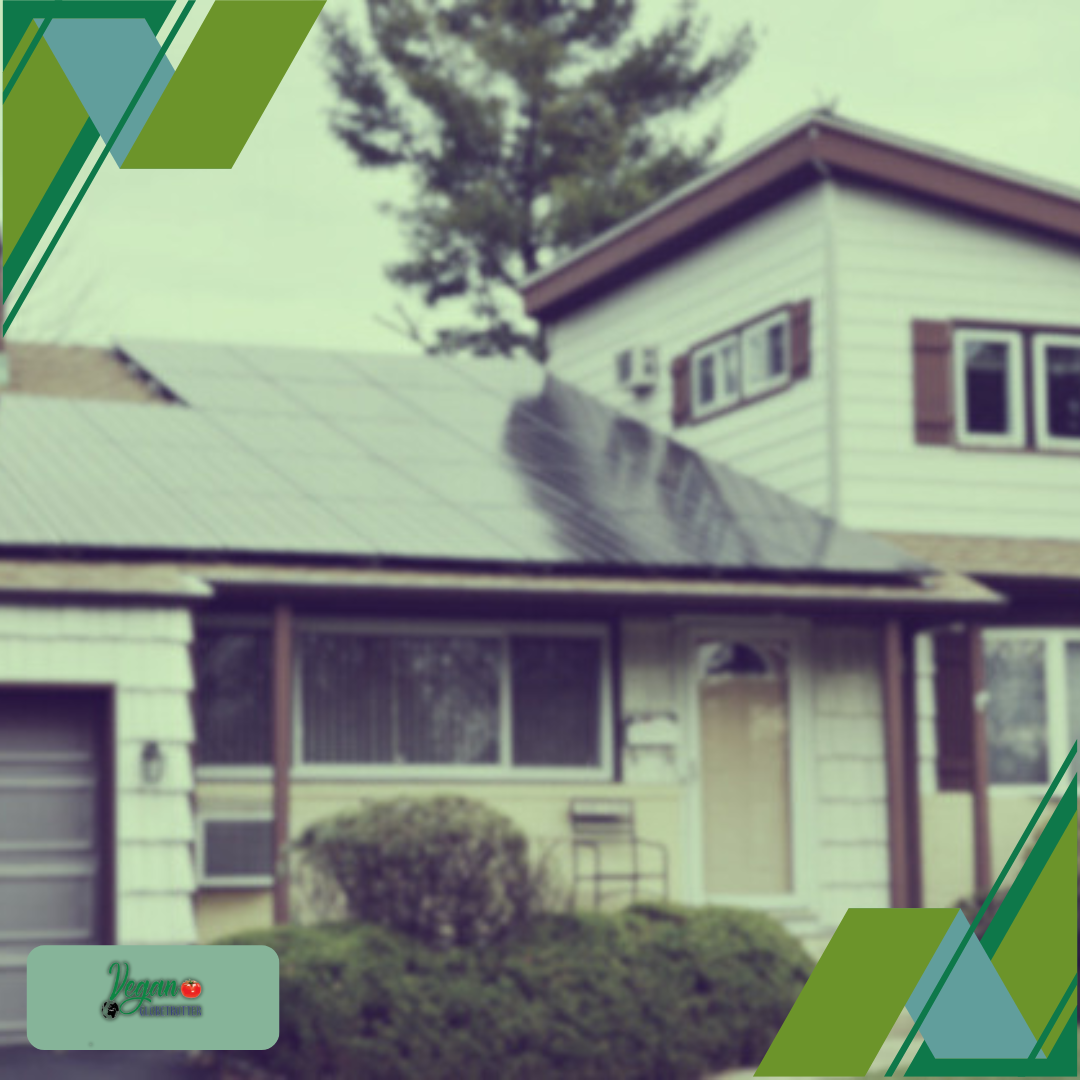
What Are the Advantages of Using an Induction Cooktop for Homes Seeking Energy Independence?
Induction cooktops offer greater efficiency than gas or electric ranges due to their speedy heat delivery and reduced energy waste, making them ideal for energy-independent homes.
How Do the Costs of Induction Cooktop Installation Compare to Traditional Cooking Systems?
The initial costs may be higher for induction cooktops, but they have become more affordable. They require compatible cookware but can offer long-term energy savings.
What potential disadvantages of induction cooking that users should be aware of?
Users must ensure their cookware is compatible, as only magnetic pots and pans can be used. There might also be a learning curve for those used to gas or electric stoves.
How Does the Energy Consumption of Induction Cooking Compare to Other Cooking Methods?
Induction cooking is generally more energy-efficient because it heats faster and uses less energy. This may result in lower energy bills than traditional electric or gas stoves.
What is the Environmental Impact of Switching to Induction Cooking?
Switching to induction cooking reduces dependency on fossil fuels and can improve indoor air quality, making it a more environmentally friendly option for home cooking.
Find Us on Social Media
Facebook: VeganGlobetrotter Join us on our Facebook page, VeganGlobetrotter, where we share mouthwatering plant-based recipes and tips to inspire your vegan lifestyle.
Instagram: _veganglobetrotter Follow us on Instagram at _veganglobetrotter to embark on a visual journey of delectable vegan dishes.
Pinterest: theveganglobetrotter Dive into the world of plant-based goodness and wellness with our Pinterest account, theveganglobetrotter.
Twitter: VeganGlobetrot Stay up-to-date with the latest vegan trends, insightful articles, and exciting updates by following us on Twitter at VeganGlobetrot.

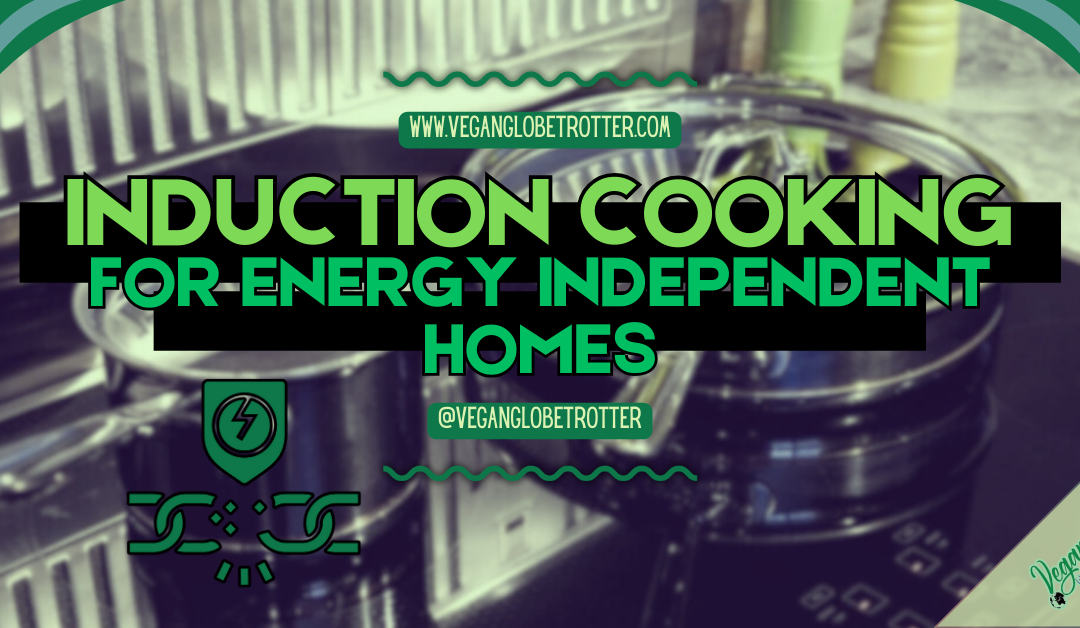

Don't miss out
when new recipes and information are added!
Join our newsletter for free recipes,
healthy living inspiration, and special offers
You have Successfully Subscribed!